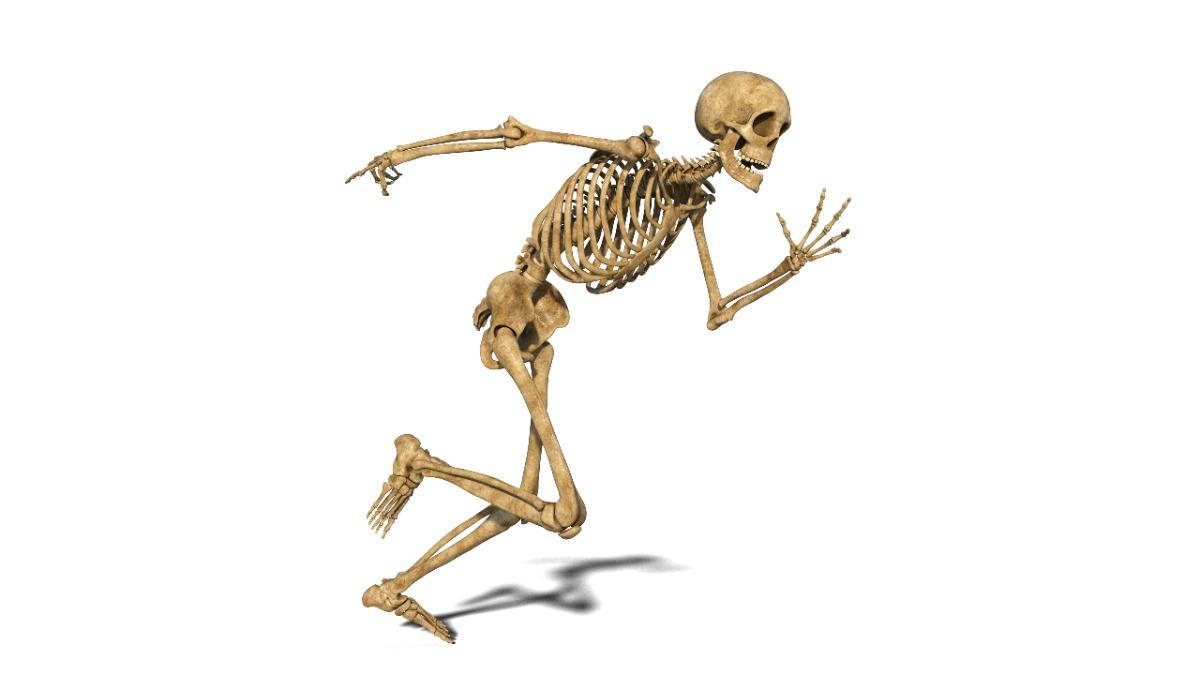
Many of the patients I see in practice have debilitating injuries from running. While some injuries are from falls or traumatic events, a significant number are avoidable and can be prevented. Often, early intervention and non-invasive treatment options can aid to mitigate debilitating injuries for patients. In this blog we will review three minor injuries that can become not only scary but debilitating to runners.
Shin splints are very common in the running community and are characterized by one of the muscles in the shin (most commonly the Anterior Tibialis) pulling on the shin bone (tibia). Often shin splints can be remedied by corrective exercises, stretching, and proper footwear; however, if left untreated shin splints can turn into medial tibial stress syndrome (MTSS). MTSS is a fracture in the shin bone (tibia) due to chronic shin splints. Often patients suffering from MTSS are put into a walking boot for 6-8 weeks to allow the bone to heal.
Many runners are familiar with Achilles’ tendonitis, which is characterized by an inflammation of the Achilles’ tendon, i.e., the tendon that travels between the calf muscles and the heel (calcaneus). New research suggests that there are actually two phases during injuries in the Achilles’ tendon. The first phase is tendonitis, which describes a tendon in active inflammation (“-itis” indicates inflammation in Latin). The second phase is tendinosis, which describes the tendon losing tensile strength and becoming weaker. Left untreated, Achilles’ tendonitis can develop into a tendinosis, which increases risk for an Achilles’ tendon rupture. Achilles’ tendon ruptures are traumatic injuries which require the patient to wear a walking boot for healing. If surgically repaired, recovery in physical therapy may last anywhere from 4-6 months.
Patellofemoral pain syndrome is also called runner’s knee because this injury affects so many runners. Patellofemoral pain syndrome (PFPS) is characterized as inflammation and pain under the kneecap (patella). This injury is often caused by a lack of strength, flexibility, or improper running form. Over time, PFPS can develop into chondromalacia, which is a specific name for arthritis under the kneecap. Arthritis is defined as the wearing away of the cartilage (the slippery smooth surface) in your joints. With a loss of cartilage in the joints, many patients feel noticeable swelling and pain, in addition to losing range of motion and flexibility. Ultimately, patients who have advanced cases of arthritis are limited in their ability to walk or stand, which can lead to additional comorbidities. While there isn’t currently a cure for knee arthritis, many patients undergo a knee replacement, which removes the worn out joint and replaces it with synthetic material. Recovery time from total knee replacements are usually 4-6 months.
There are many ways to prevent and limit injuries. Commonly, patients report that they become hurt when they run through an injury or ignore the pain. Additionally, patients who alternate between acute pain and long periods of rest often find their symptoms worsening. Ultimately, a good guideline to follow is if you have been having over 3/10 pain level for longer than 2 weeks, it is advised to seek medical services by either seeing a physical therapist or primary care physician. Additionally, if you are having an issue specifically with running, a RUNATOMY Custom Video Analysis will help determine your safe running form and identify muscular weakness among many other aspects important to runners to help you run pain free.
Justin Jellin, DPT, ART
Program Director RUNATOMY




